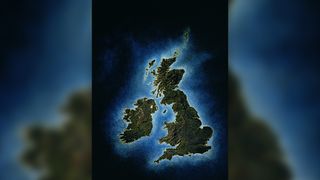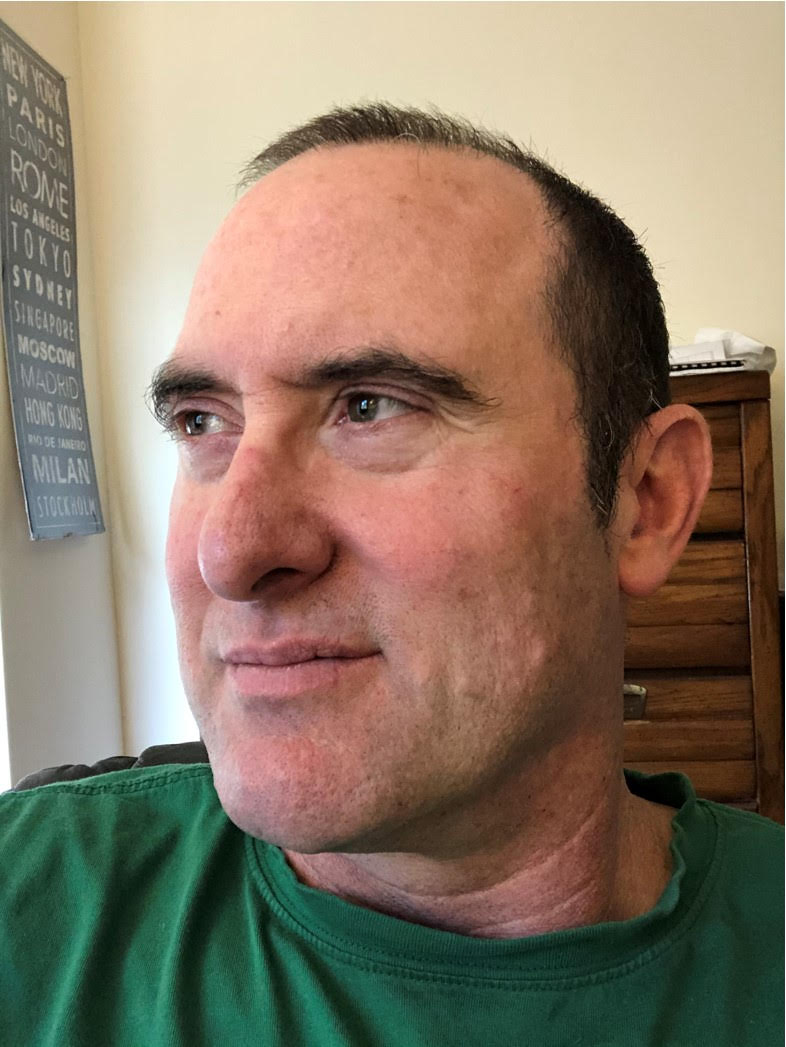
Who was the first person to write about the British Isles?
Hint: It was an ancient Greek.

The British Isles, tucked away in the northwest of Europe, has been inhabited by humans since Paleolithic times, but the people who lived there didn't develop a writing system until much later, and the first local account of the isles did not appear until Anglo-Saxon times, around the seventh century A.D.
So who was the first person to write about the British Isles and describe its inhabitants? To find out, we need to look to the south — to the Mediterranean world of the ancient Greeks.
A Greek mariner named Pytheas made the first recorded voyage to the British Isles in the fourth century B.C. He circumnavigated the island of Britain, explored the northern lands of Europe and was the first to describe the Celtic tribes of Britain, the midnight sun, dramatic tidal shifts and polar ice. When he returned home, he wrote an account called "On the Ocean" ("Peri tou Okeanou" in Greek) that circulated widely throughout the ancient world and was read, discussed and debated by scholars for centuries.
Related: Who inherits the British throne?
Little is known about Pytheas. He was a citizen of Massalia, a Greek colony in what is now Marseilles in southern France, and it is uncertain whether he was a merchant or simply a gentleman scientist. The Greco-Roman historian Polybius referred to him as a "private citizen" and a "poor man." But, whatever his economic or social status, Pytheas was a skilled navigator and keen observer.
"We can judge from his writings that Pytheas had a scientific education," Barry Cunliffe told Live Science. Cunliffe is an emeritus professor of European archaeology at the University of Oxford and author of "The Extraordinary Voyage of Pytheas the Greek" (Walker & Company, 2002).
Pytheas made a series of astronomical calculations of latitude during this journey with a device called a gnomon, which was an instrument similar to a modern-day sundial. He accurately estimated the circumference of the British Isles — that is, the distance around the islands of what is now Great Britain and Ireland — placing it at approximately 4,000 miles (6,400 km), according to the Encyclopedia Britannica. It is not known whether he produced a map from his endeavors, though the first century A.D. Greek geographer Ptolemy, who later made a map of the British Isles, may have used Pytheas' measurements and descriptions.
Sign up for the Live Science daily newsletter now
Get the world’s most fascinating discoveries delivered straight to your inbox.

Most historians believe that Pytheas sailed from Massalia through the Straits of Gibraltar (then known as the Pillars of Hercules) aboard a trading ship and cruised north along the western coasts of what is now Portugal, Spain and France, according to Cunliffe. (Cunliffe, however, believes Pytheas went overland across France and used local Celtic boats for all water crossings.) Next, Pytheas crossed the English Channel and made landfall in what is modern-day Cornwall, where he described the flourishing trade of tin, an important commodity that was alloyed with copper to make bronze.
Pytheas continued north along the west coasts of what are now England, Wales and Scotland, where he described the area's inhabitants, a Celtic-speaking people he called the "Pretanni," or the "painted ones" in the ancient Celtic language, from which the word Britain is derived, according to Cunliffe.
From Scotland, some scholars have argued that Pytheas left Britain and ventured into the North Sea, eventually encountering a landmass he called Thule, which some have identified as Iceland, though others believe it refers to Norway.
"There is no hard archaeological evidence that Pytheas reached Iceland," Cunliffe said, "but it's not impossible."
Pytheas wrote "On the Ocean" once he returned to Massalia. Until the writings of Tacitus and Julius Caesar some 300 years later, "On the Ocean" was likely the only source of information about Britain and the northern latitudes for most of the world, Cunliffe told Live Science. There were likely copies of Pytheas's work in the great libraries of Pergamum in what is now Turkey; Rhodes, Greece; and Alexandria, Egypt.
Unfortunately, "On the Ocean" has not survived. Only fragments of it remain, paraphrased or excerpted in the writings of other classical writers such as Strabo, Polybius, Timaeus, Eratosthenes, Diodorus Siculus and Pliny the Elder. But the fragments we have are significant, Cunliffe said, as they contain a multitude of astronomical, geographic, biological, oceanographic and ethnological observations that have considerable scientific and anthropological significance.
"If we're right about the kind of person Pytheas was — with his razor-sharp, inquiring mind — he would want to communicate all this new knowledge," Cunliffe said. "He opened up people's minds to the size of the world."
Originally published on Live Science.
Tom Garlinghouse is a journalist specializing in general science stories. He has a Ph.D. in archaeology from the University of California, Davis, and was a practicing archaeologist prior to receiving his MA in science journalism from the University of California, Santa Cruz. His work has appeared in an eclectic array of print and online publications, including the Monterey Herald, the San Jose Mercury News, History Today, Sapiens.org, Science.com, Current World Archaeology and many others. He is also a novelist whose first novel Mind Fields, was recently published by Open-Books.com.

